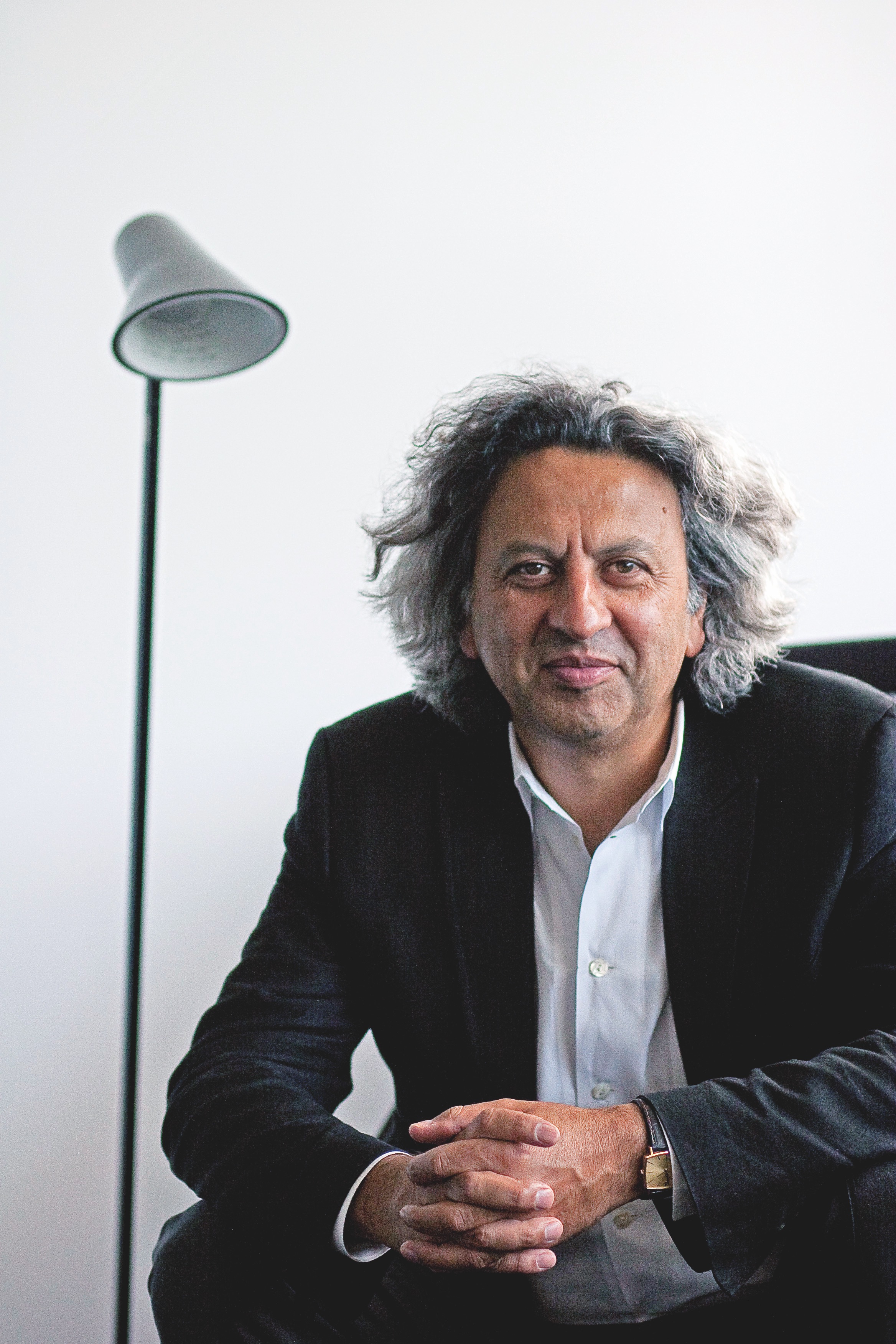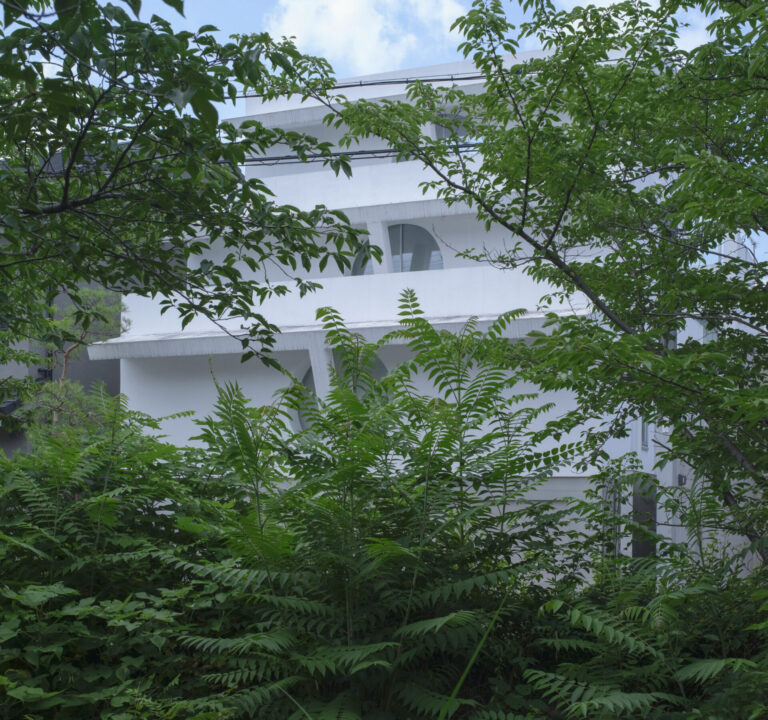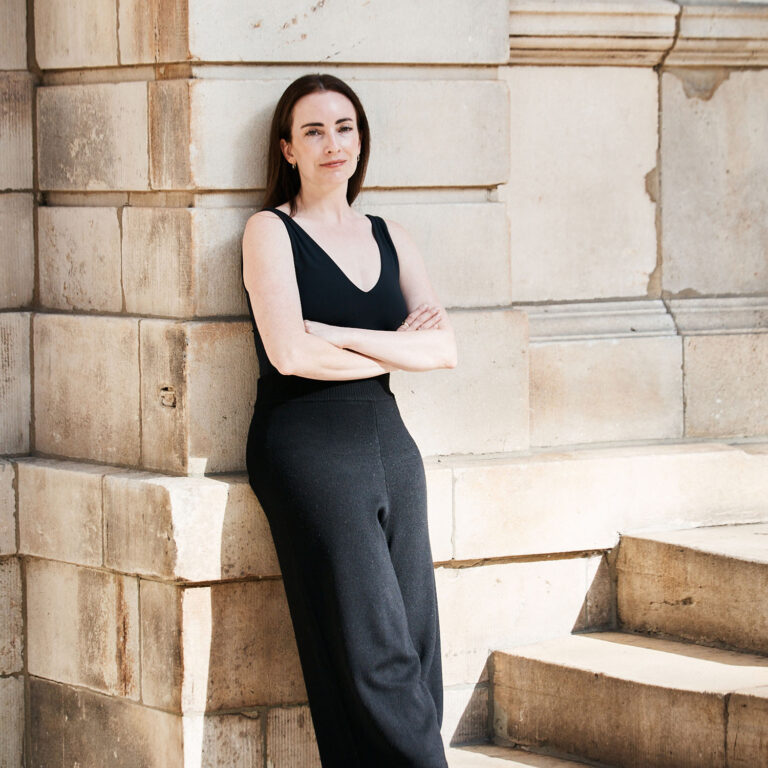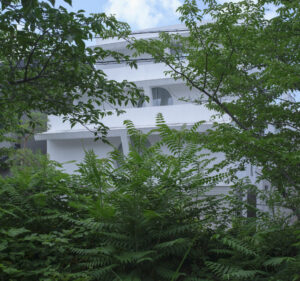
Mohsen Mostafavi, Dean of the Harvard Graduate School of Design and Alexander and Victoria Wiley Professor, wants you to question him. He believes in standing behind a concept, and welcomes debate. He also believes that architecture needs to consider the lifespan of a building, rather than the creation of complete structure. Here, the internationally acclaimed educator, author, architect, thinker and humanist shares some of his ideas.
CATHY LEFF: How has your thinking about architecture education changed over time? MOHSEN MOSTAFAVI: I was shaped by my specific circumstances and experience. I moved to London as a teenager and studied in the 1970s at the Architectural Association School. Late 1960s’ attitudes about freedom and openness, especially the emphasis on youth, seemed present. My interactions with interesting architects, historians and theorists instilled a specific idea of architecture relative to the city, history and contemporary European philosophy. Over time, I focused on questions of design and practice, with interest in the intersection of architecture and landscape and, by extension, architecture’s relationship to nature.
CL: How has the GSD changed since you joined? MM: We are very interested in “disciplinary knowledge and transdisciplinary practices.” Faculty with different backgrounds and expertise are collaborating and producing work with their students. Having an architect and historian come together or a technologist and designer or ecologist and landscape architect or planner and food expert are examples of how the School is becoming increasingly collaborative. We have created a platform for cross- fertilization among schools and departments at Harvard and across the world at large.
Our students explore “real world” projects, participating in actual situations across the globe. Freed from the burden of an actual commission, this engagement produces exciting ideas and leads to unexpected visions.
Architectural education occurs within a specific temporal moment. Pedagogy and our mode of thinking are in constant motion. We build on the knowledge of the past to respond to and imagine potential future scenarios. Architects and designers are not historians, yet they require knowledge of history, technology and other forms of knowledge to continue imagining and designing.
CL: What are today’s opportunities for architects? MM: To make themselves relevant and utilize their talent to engage with a broader set of issues connected to the built environment and connecting to other fields. Understanding cities through the lens of climate change, new forms of public space, the intersection of mobility and housing, new spaces for work are some examples of domains that remain relatively unexplored. We need a bolder agenda, to be more daring.
CL: Can you discuss the Future of the American City? MM: Presently, this GSD initiative focuses on four cities: Miami, L.A., Detroit and Boston. We aim to create a multi-year research investigation that brings the resources of the School, faculty, students and alumni together with local experts, stakeholders and government agencies to explore ways that emphasize effective and strategic planning.
It’s hard to speak of the “American City” without recognizing the enormous diversity that exists throughout the country. The selection of these four cities represents socio-economic and geographic diversity. Our plan is to establish a three-year project for each city. We are focusing on an integrated approach that will have important implications for the way in each one considers its future.
CL: Is architecture experiencing its own disruption? MM: This is a complex issue. On the one hand, the field of architecture experiences too much disruption; on the other, it doesn’t experience sufficient disruption. It’s not surprising that architecture is a profession affected by economic volatility more than almost any other form of practice. These radical economic cycles can have a devastating impact on the organization of many practices that have to be responsive to the oscillations in decision-making by their clients. It’s important to recognize that architecture, the nature of its procedures as well as its engagement with the construction industry, has in some ways remained too constant. For example, there is little that parallels within the architectural industry a phenomenon such as that of miniaturization, which has had a massive impact on the evolution of technology. Is there a way in which the relationship between design and production can change? Might there be ways in which we should consider our notions of comfort? There may not be an easy answer to these questions, but they do point the way towards the possibility of disruption having a potentially productive impact on the way we might conceive the built environment in the future.
CL: Who were your mentors? MM: I was lucky to study with Dalibor Vesely and Joseph Rykwert. Dalibor, who sadly passed not so long ago, was my teacher and then colleague in London during the late 70s and early 80s. Originally from Czechoslovakia, he was an engineer and architect with immense knowledge of continental philosophy, especially phenomenology and hermeneutics and their connections to architecture. We taught together in London and Cambridge and remained close friends. “Architecture in the Age of Divided Representation” is a work I always refer back to.
Rykwert is an amazingly erudite scholar who wrote many important books, including “On Adams House in Paradise,” “The Dancing Column” and “The Idea of a Town.” He was my supervisor—an amazing historian deeply rooted in the present. We overlapped during my tenure at the University of Pennsylvania.
CL: What recent projects have caught your attention? MM: My involvement with the Aga Khan Award for Architecture for the last 10-plus years allows me see very modest and very beautiful projects. For example, the project of Marina Tabassum from Bangladesh for a mosque was selected for an award. It’s a striking building of simple brick with an astonishing quality of light on the interior. Chinese architect Zhang Ke transformed a hutong in the center of Beijing by adding a children’s library. There are many architects doing exceptional work across the globe. A few notables include Junya Ishigami in Japan; Christian Kerez and Valerio Olgiati in Switzerland; Smiljan Radic in Chile; and, of course, Herzog & de Meuron’s Elbphilharmonie in Hamburg.
CL: What would you like your legacy to be? MM: I try to facilitate the best possible circumstances for the creative minds of our students, faculty and staff; to produce the kind of work that matters.










 in your life?
in your life?

